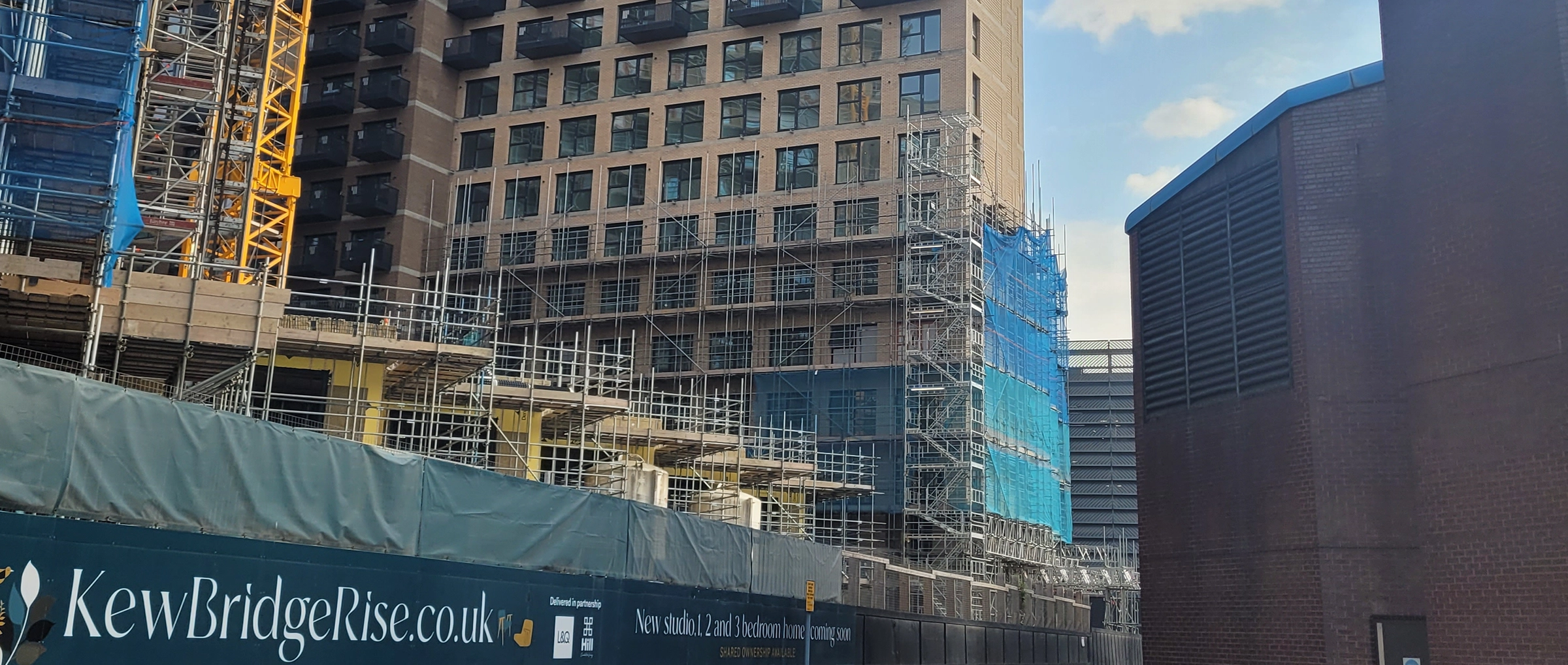The construction industry in England and Wales is currently grappling with a significant challenge: it has the highest number of company insolvencies among all sectors. This troubling trend has continued over the past decade, with recent data highlighting the severity of the situation.
According to figures released by The Insolvency Service for the year ending February 2025, a staggering 4,046 construction firms entered insolvency, representing 17% of all insolvencies across various industries. In February alone, the sector recorded 367 insolvencies, marking the highest monthly total since June 2024. This figure reflects a 3% increase compared to the same month last year and a notable 19.9% rise from January 2025. The data indicates that self-employed individuals and traders account for a significant portion of these insolvencies.
In Scotland, the situation is similarly concerning, with construction firms constituting 13.55% of all recorded insolvencies up to March 2025. The implications of these insolvencies are profound, particularly regarding the sector’s ability to meet housing targets. For instance, a large housing association recently reported a loss exceeding £36 million due to the administration of Henley Construct in 2023. This collapse not only resulted in financial losses but also delayed the completion of hundreds of affordable homes. Henley Construct attributed its downfall to challenges arising from the COVID pandemic, Brexit, and escalating construction costs. Additionally, a maintenance contractor in the South East faced similar issues, leading to its appointment of administrators due to financial difficulties.
In response to these challenges, Homes England and Octopus Real Estate have stepped in, agreeing to provide a £150 million loan to support small and medium-sized enterprises in the construction sector. This financial assistance aims to alleviate some of the pressures faced by these businesses and help stabilise the industry during these turbulent times.


